Perched dramatically atop vertical cliffs in the heart of Umbria, Orvieto is one of Italy’s most breathtaking hidden gems. I discovered this enchanting clifftop city during my travels between Rome and Florence, and was immediately captivated by its dramatic setting and rich cultural heritage. Orvieto offers a perfect blend of stunning architecture, delicious cuisine, and fascinating underground tunnels that tell the story of its Etruscan origins.
The city sits majestically on volcanic tufa rock, accessible by a charming funicular that carries you up to the medieval center. Walking through the cobbled streets, I found myself surrounded by history at every turn, from the magnificent Gothic Duomo with its striking facade to the warren of ancient passageways beneath the city.
The moment you arrive in Orvieto, you’ll understand why it’s special.
What makes Orvieto truly unique is how it balances its historic charm with authentic Italian life. Unlike some tourist hotspots in Italy, this Umbrian treasure still feels genuine. You can sip local Orvieto Classico wine at small enotecas, watch artisans at work in their studios, and explore the defensive walls that have protected the city for centuries.
Between Florence and Rome, this clifftop marvel deserves at least a full day of your Italian adventure.
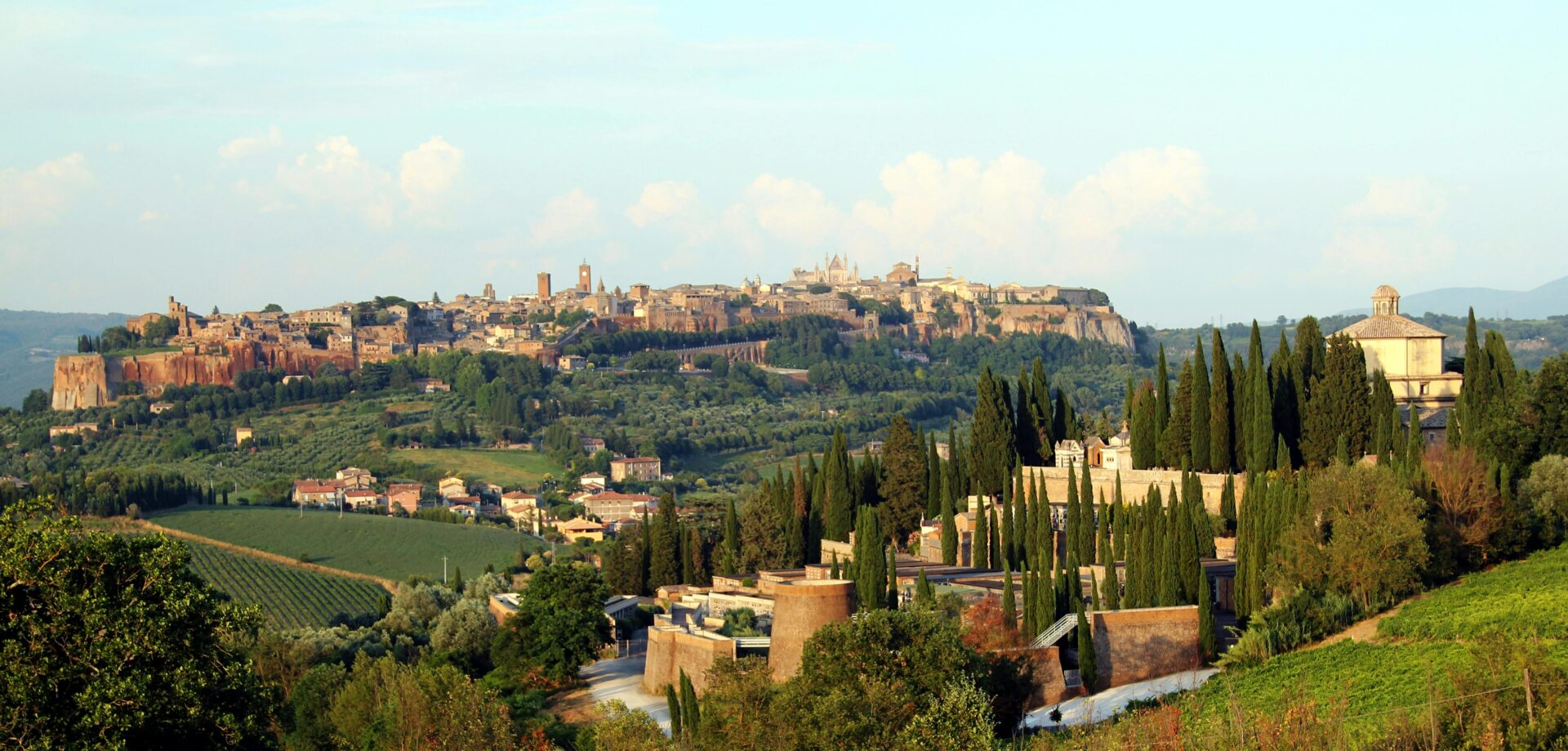
Getting to Know Orvieto
Orvieto captivates visitors with its dramatic setting and rich cultural heritage. Perched high above the surrounding countryside, this Umbrian gem offers a perfect blend of history, architecture, and Italian charm.
The Rich History and Culture
Wandering through Orvieto’s Old Town feels like stepping back in time. Medieval streets wind their way past centuries-old buildings, each telling a story of the city’s fascinating past.
I was amazed to discover that Orvieto’s history stretches back to Etruscan times, with ancient underground tunnels and caves still accessible today. The magnificent Duomo (cathedral) stands as the crown jewel of the city, with its stunning façade and remarkable frescoes inside.
Local traditions remain strong here. During my visits, I’ve enjoyed authentic Umbrian cuisine in family-run trattorias tucked away on quiet side streets. The local wine, Orvieto Classico, is a must-try – crisp and refreshing after a day of exploration.
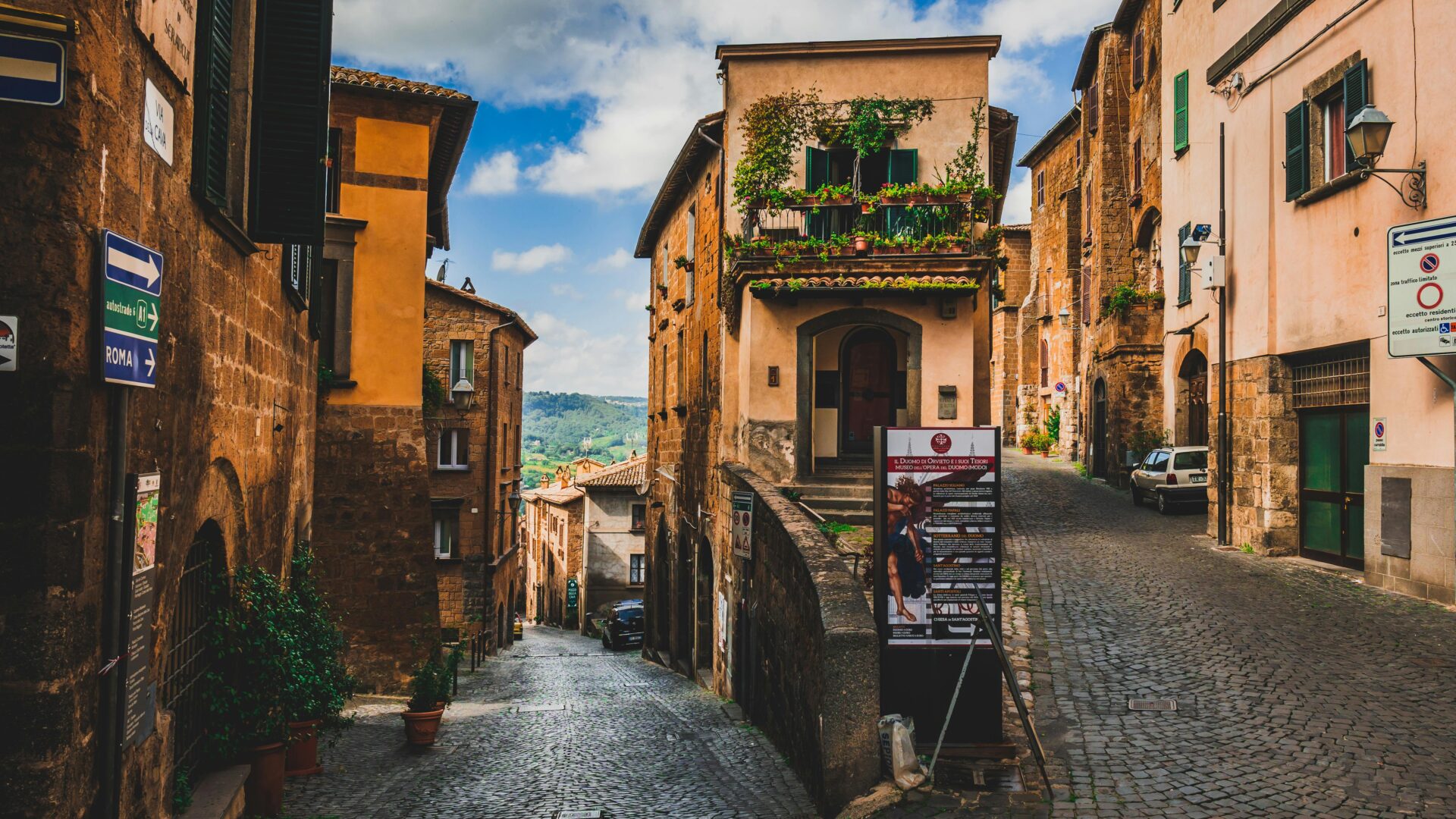
Geography: Perched on an Umbrian Hill
Orvieto’s location is truly spectacular. The city sits atop a massive plateau of volcanic tuff, with near-vertical cliffs dropping dramatically on all sides. This natural fortress has protected the city for centuries.
At about 90 minutes from Rome, Orvieto makes an ideal day trip or stop on an Italian journey. The views from the city walls are breathtaking – rolling Umbrian hills stretch to the horizon, dotted with vineyards and cypress trees.
The plateau rises about 1,000 feet above the valley floor, making the approach to Orvieto unforgettable. I recommend taking the funicular railway from the lower town to truly appreciate this dramatic setting.
The natural defensive position has shaped Orvieto’s development, with the compact layout of the historic center reflecting the limited space available on the clifftop.
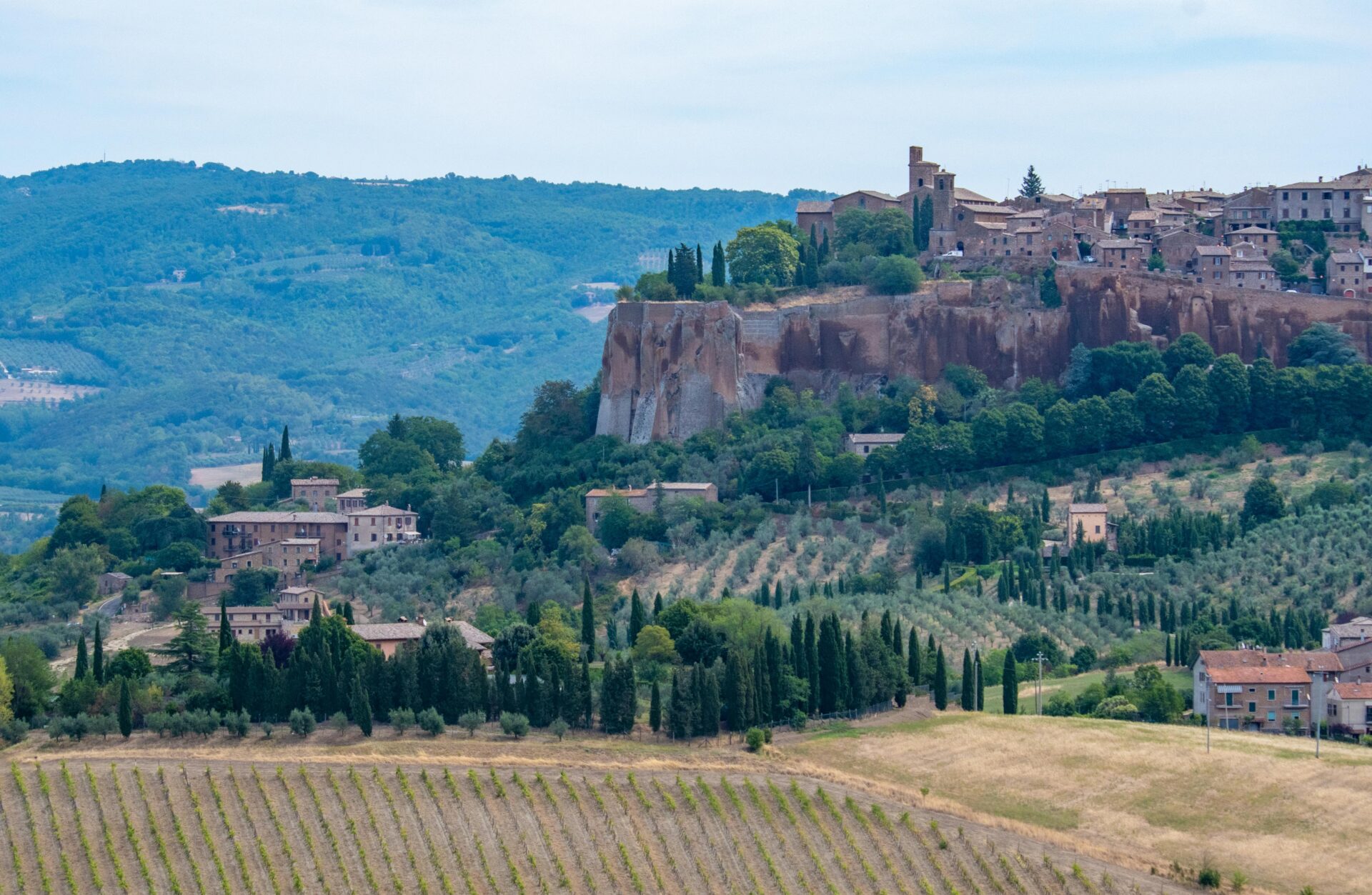
Exploring the Architectural Marvels
Orvieto’s skyline is dominated by incredible structures that tell stories of artistic brilliance and medieval engineering. The city’s volcanic plateau provides the perfect stage for these architectural wonders that have survived centuries.
The Majestic Duomo and Its Artistic Treasures
The Duomo di Orvieto stands as the crown jewel of the city’s architecture. I was completely awestruck when I first approached this striped marble facade with its intricate carvings and rose window. Construction began in 1290, and it took nearly three centuries to complete this Gothic masterpiece.
Inside, I discovered some of Italy’s most impressive artistic works. The San Brizio Chapel features Luca Signorelli’s frescoes depicting the End of the World and the Last Judgment – they’re so vivid that Michelangelo himself studied them before painting the Sistine Chapel.
The cathedral’s mosaics sparkle in the sunlight, creating a golden glow throughout the interior. Don’t miss the Corporal of Bolsena, a blood-stained altar cloth displayed in a spectacular reliquary.
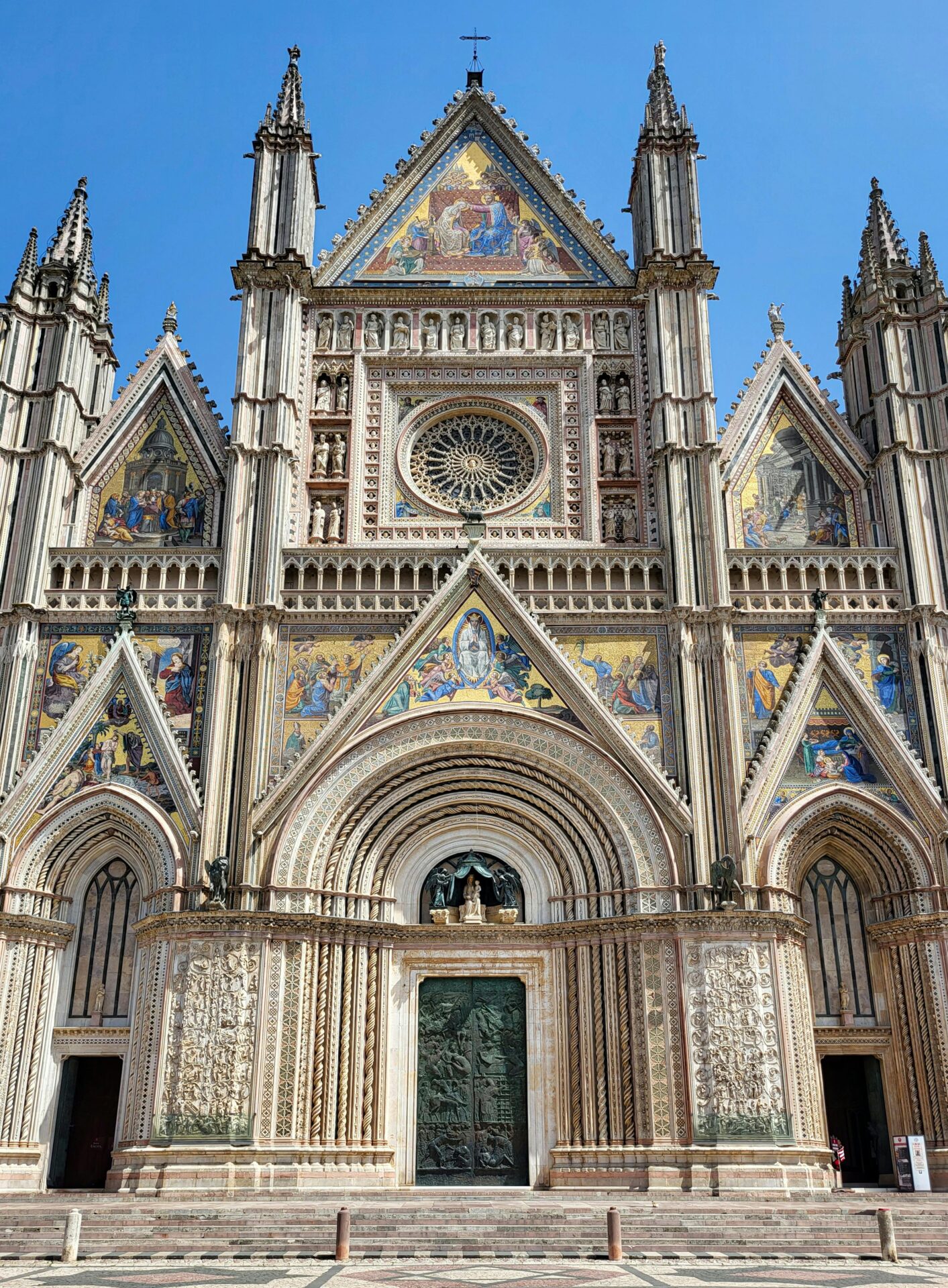
Medieval Towers and Panoramic Views
Orvieto’s skyline is punctuated by several medieval towers that once served as lookout points and status symbols for wealthy families. The Torre del Moro stands tall in the city center, and I highly recommend climbing its 250 steps.
The reward at the top? Breathtaking panoramic views across the Umbrian countryside and the entire city. I timed my visit for sunset and watched as the golden light washed over the terracotta rooftops.
Other notable viewpoints include:
- The Rupe walls (ancient defensive fortifications)
- Albornoz Fortress (offering western views)
- The public gardens near Piazza Cahen
These vantage points showcase the city’s perfect placement atop its dramatic cliff face, with rolling hills stretching to the horizon.
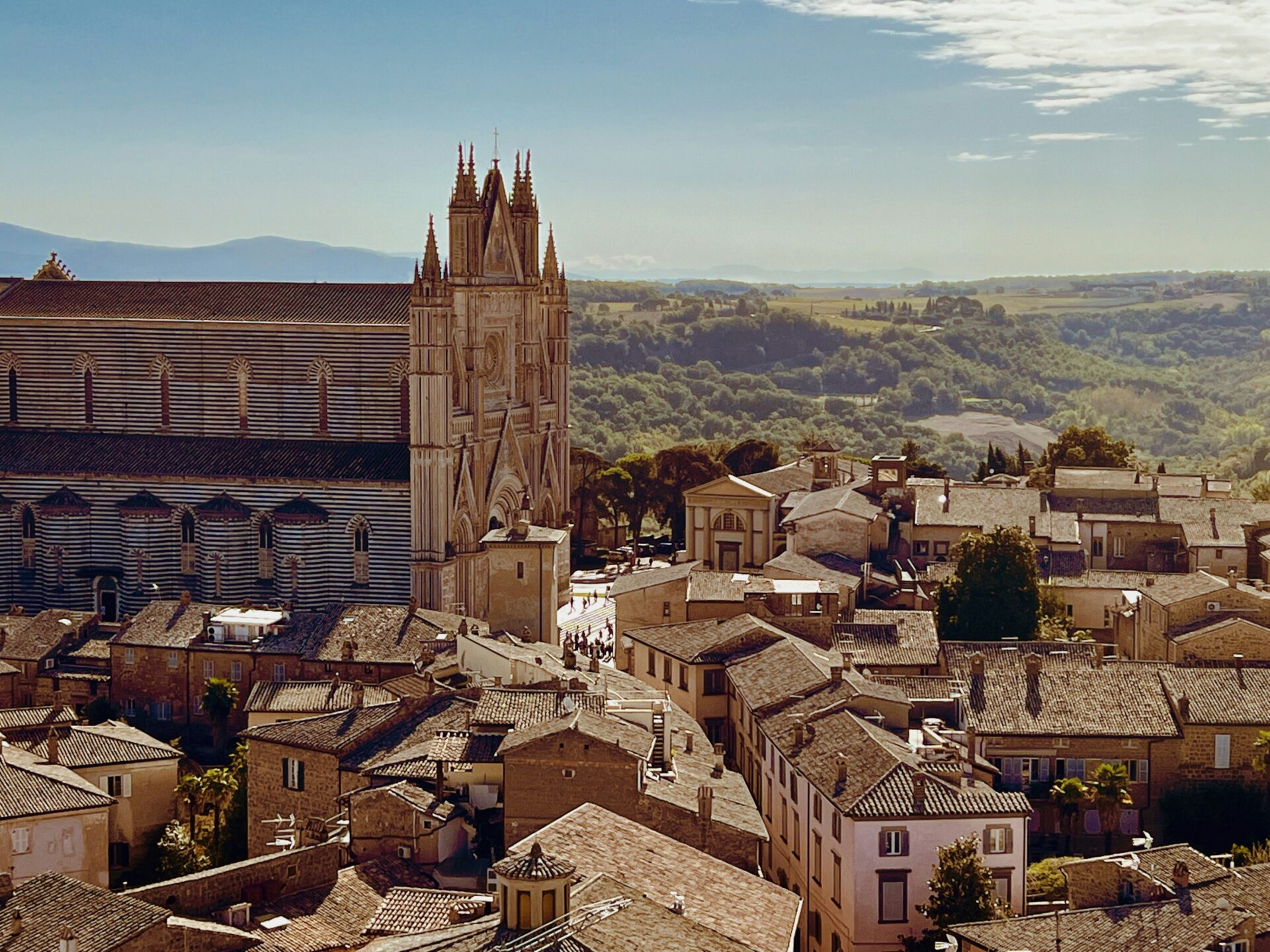
Historic Churches and Their Legacy
Beyond the Duomo, Orvieto houses several important churches that showcase different architectural styles. The Church of San Giovenale is the oldest in town, dating back to 1004, with remarkable frescoes from the 13th century that I found beautifully preserved.
Sant’Andrea features a distinctive 12-sided bell tower and a magnificent rose window, while the Church of San Domenico contains the impressive Tomb of Cardinal de Braye by Arnolfo di Cambio.
I was particularly moved by the simple elegance of these smaller churches. They often get overlooked by tourists rushing to see the Duomo, but they hold incredible artistic treasures and quiet corners perfect for reflection.
Many churches also feature underground crypts and ancient foundations that reveal the layered history of this remarkable clifftop city.
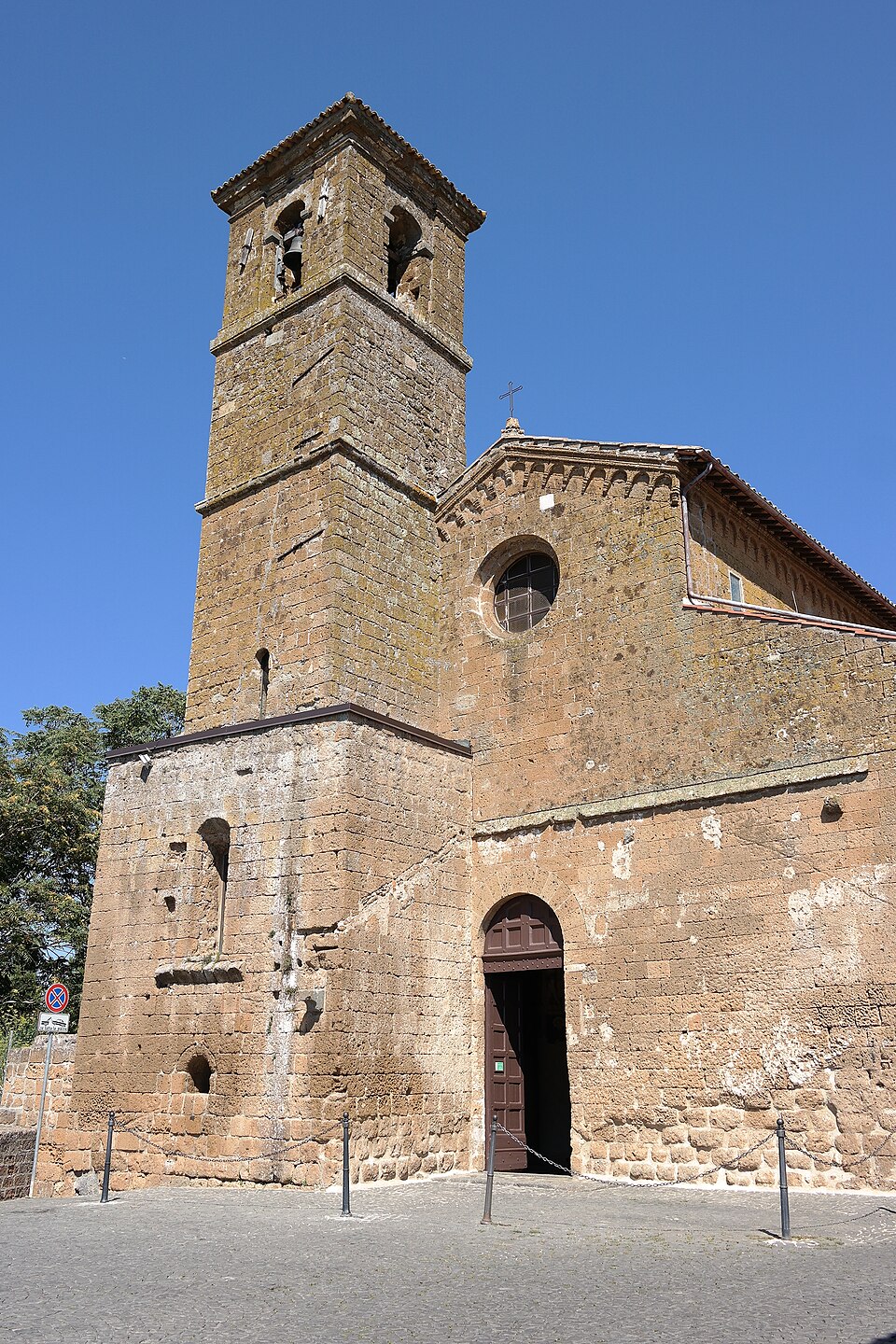
Culinary Delights and Local Wines
Orvieto offers a feast for the senses with its extraordinary local cuisine and distinctive wines. During my visits, I’ve discovered that the food culture here perfectly balances rustic traditions with refined techniques.
Tasting Orvieto’s Renowned Wines
Orvieto’s winemaking tradition dates back to Etruscan times, and I’ve found the local white wines to be absolutely captivating. The classic Orvieto DOC is crisp and refreshing with notes of green apple and almond.
For the best experience, I recommend visiting the “classico zone” within the Orvieto viticulture area. This region produces the most authentic and high-quality wines. Many vineyards offer private tours with drivers who’ll take you through ancient vineyards while explaining the unique terroir.
My favorite part of any vineyard visit is the tasting of Orvieto Classico, typically paired with local cheeses. Some estates also offer tastings of the sweeter Orvieto Abboccato or the more complex Orvieto Superiore.
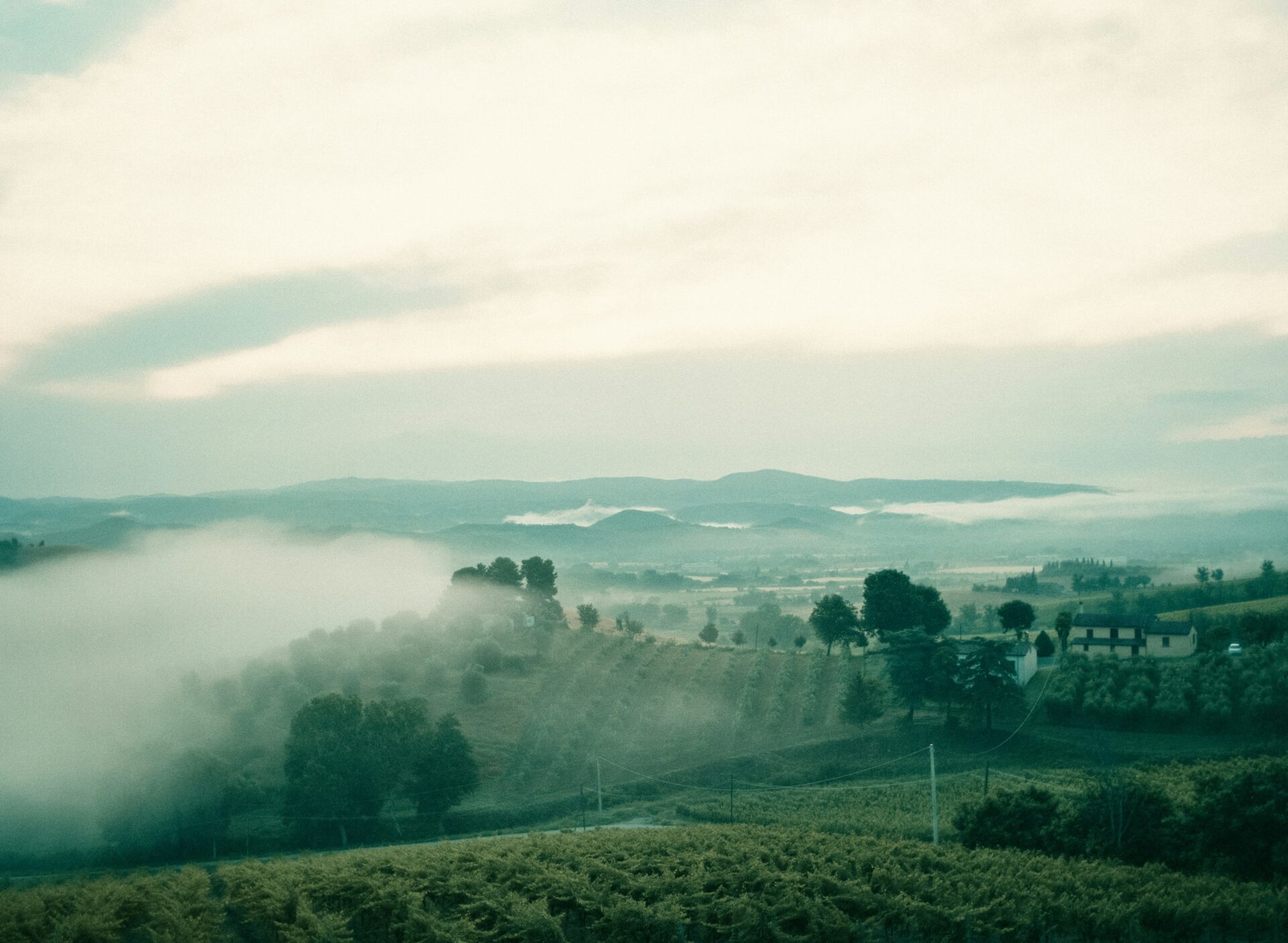
Indulging in Traditional Dishes and Desserts
The local cuisine features hearty dishes that showcase Umbria’s agricultural bounty. I’ve fallen in love with the panzanella salad—a refreshing mix of bread, tomatoes, and herbs that’s perfect on hot summer days.
The charcuterie here is exceptional. Local salami, capocollo (a delicious pork cold cut), and wild boar sausage feature prominently on antipasti platters. These cured meats pair perfectly with the region’s white wines.
For something truly traditional, try umbrichelli pasta—thick, hand-rolled strands served with truffles or ragù. The simplicity of ingredients highlights their exceptional quality.
Don’t miss the sweet side of Orvieto! I particularly enjoy the ciambelle, ring-shaped cookies that locals dunk in sweet wine. For a more decadent treat, try the traditional biscotti di San Marziale—almond cookies that perfectly end any meal.
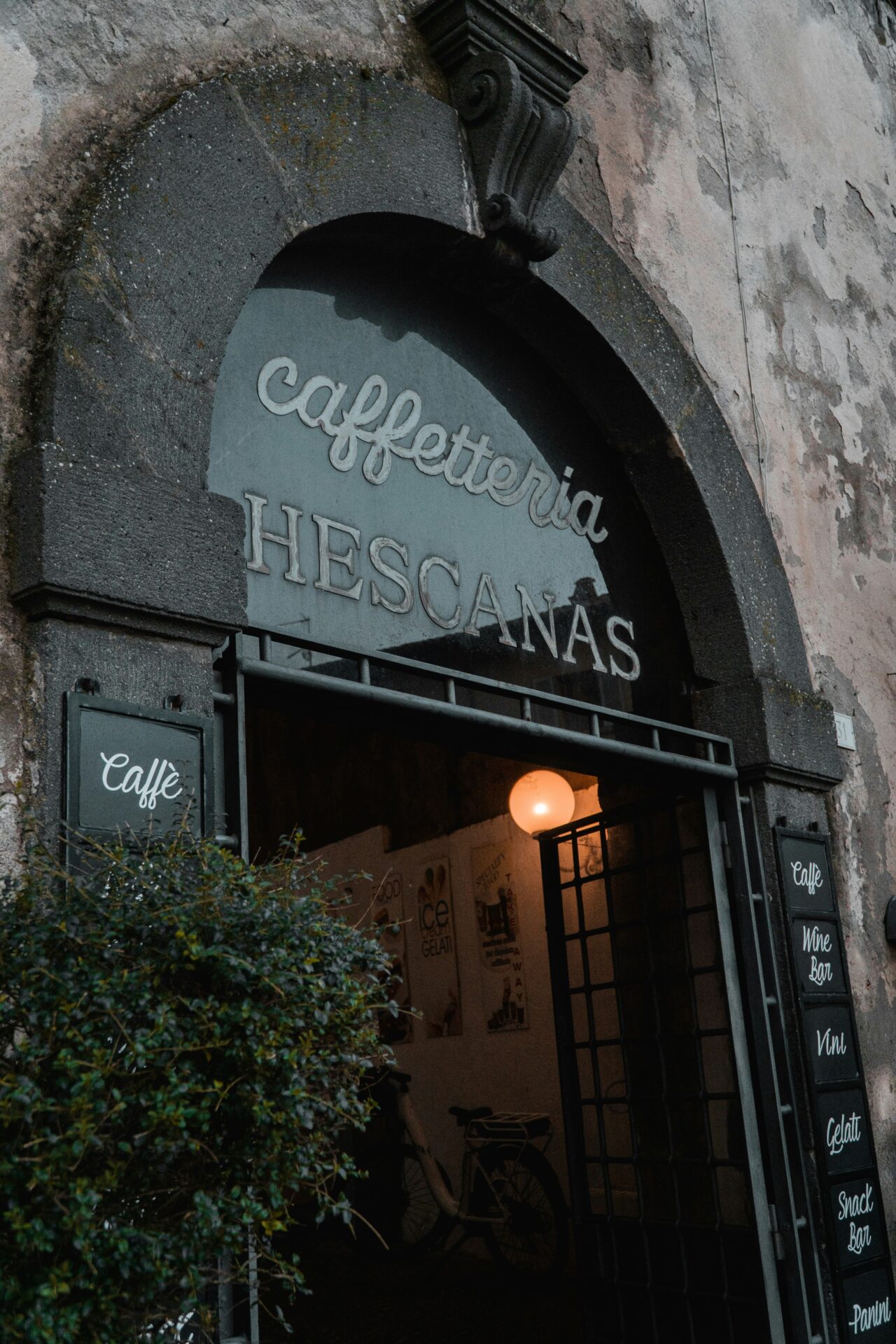
Experiencing Orvieto’s Cultural Scene
Orvieto’s cultural landscape offers a rich tapestry of artistic heritage and vibrant celebrations that bring the city’s history to life. The city’s remarkable cultural offerings range from magnificent Renaissance masterpieces to festive community celebrations that showcase local traditions.
Renaissance Art and Notable Artists
When I visited Orvieto’s Cathedral, I was stunned by the San Brizio Chapel frescoes. The renowned Renaissance painter Luca Signorelli created these dramatic scenes of the Last Judgment, clearly influencing Michelangelo’s later work in the Sistine Chapel.
Inside the cathedral, I discovered works by other Italian masters. Gentile da Fabriano and Benozzo Gozzoli’s contributions reflect the artistic exchange between Umbria and Florence during the Renaissance period.
The city also honors earlier artistic traditions. Elements of Cimabue’s style are visible in some older church decorations, while Giotto’s influence appears in the narrative approach to religious scenes throughout Orvieto’s sanctuaries.
Don’t miss the sculptures inside the Duomo, including a remarkable interpretation of Moses that demonstrates how biblical figures were represented in Italian Renaissance art.
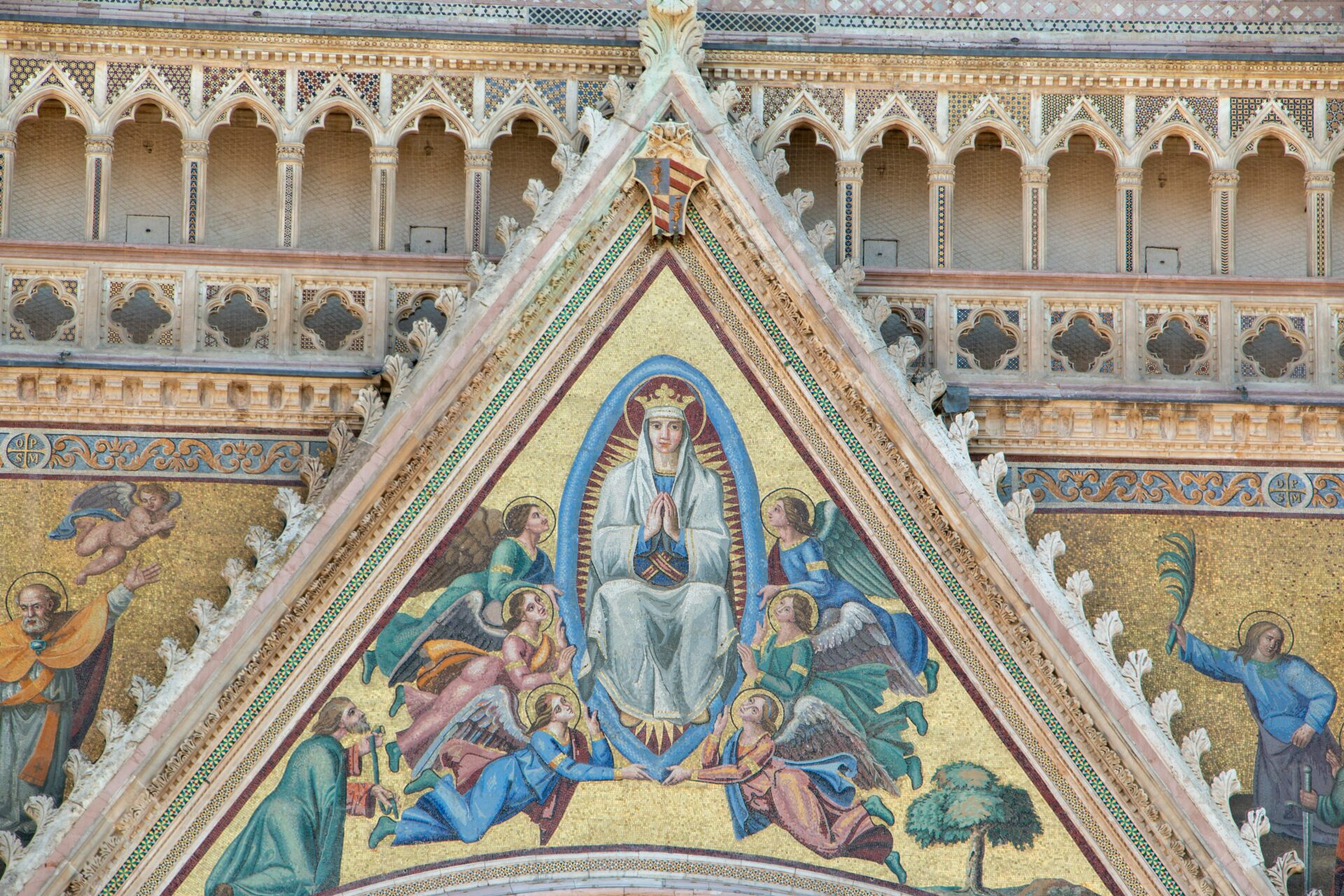
Annual Festivals and Events
Corpus Domini stands as Orvieto’s most significant religious festival. Held in May or June each year, it features a procession where locals dress in medieval costumes to commemorate the Miracle of Bolsena. I was amazed by the flower petal arrangements creating colorful patterns along the procession route.
The Umbria Jazz Winter Festival transforms Orvieto between December and January. I enjoyed incredible performances in unique venues like medieval churches and underground caves, creating an unforgettable atmosphere for jazz enthusiasts.
Orvieto’s Palombella celebration marks Pentecost with a dove-shaped wooden structure descending from the cathedral ceiling. This symbolic event draws crowds eager to witness this centuries-old tradition.
The city also hosts seasonal food festivals celebrating local specialties. My favorite was the autumn truffle festival, where I sampled exquisite dishes featuring this prized ingredient from Umbrian forests.
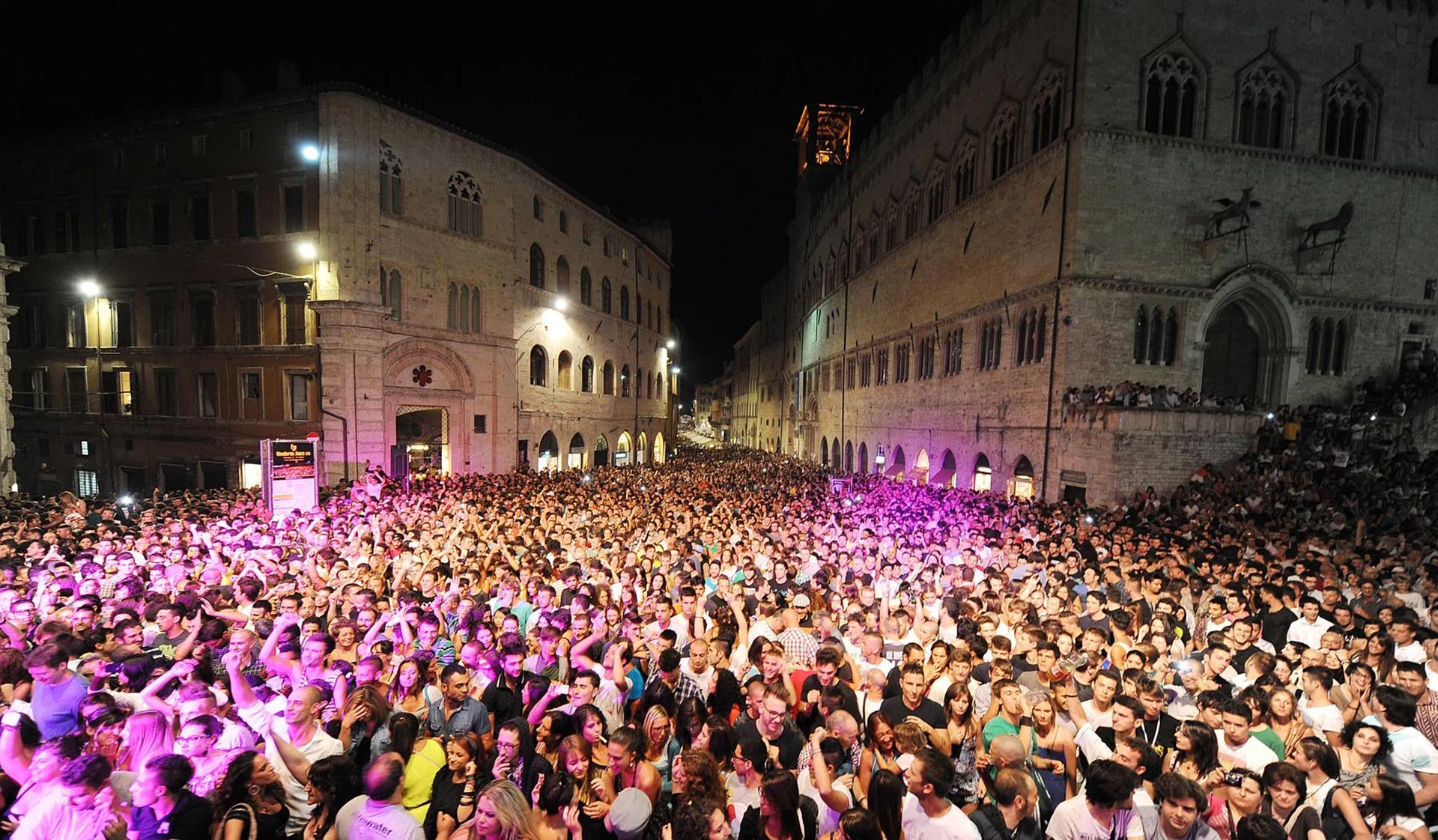
Beyond Orvieto: Day Trips and Nearby Wonders
While Orvieto captivates with its charm, the surrounding region offers treasures worth exploring. Within an hour or two by car or train, you’ll discover medieval villages perched atop cliffs, historic walled towns, and even Rome’s iconic landmarks.
Civita di Bagnoregio: The Dying City
Just 30 minutes from Orvieto lies one of Italy’s most dramatic sights – Civita di Bagnoregio. This ancient settlement sits atop a crumbling tufa ridge, accessible only by a long pedestrian bridge that spans across a deep valley. The nickname “Dying City” comes from the ongoing erosion that threatens its very existence.
When I visited, the walk across the bridge offered breathtaking views of the surrounding countryside. Inside the tiny village, you’ll find charming medieval architecture, flowering balconies, and winding stone pathways. The lack of vehicles creates a peaceful atmosphere that feels frozen in time.
Despite its small size, plan to spend at least 2-3 hours exploring its narrow streets and enjoying a meal at one of the authentic trattorias.
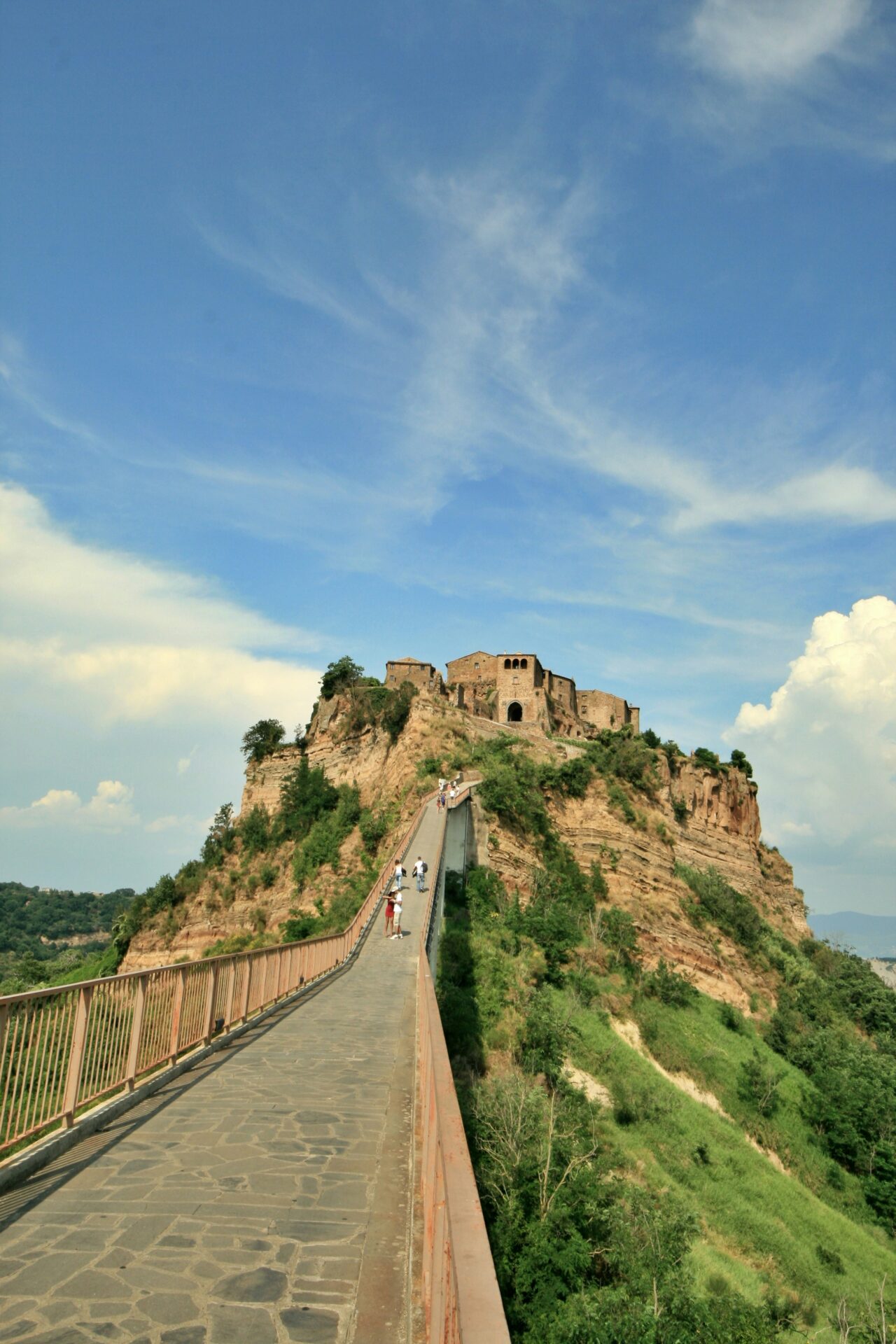
The Walled Towns of Umbria and Tuscany
Umbria and neighboring Tuscany boast numerous medieval towns worth visiting. Pitigliano and Sovana, just north of Lake Bolsena, showcase incredible Etruscan heritage with ancient tombs carved into tufa rock.
Montefiascone offers stunning views of Lake Bolsena and is famous for its Est! Est!! Est!!! wine. The story goes that a bishop’s servant marked taverns with excellent wine by writing “Est!” (It is!) on the door.
For spiritual travelers, Assisi makes a meaningful day trip. The birthplace of St. Francis features the magnificent Basilica of St. Francis with its beautiful frescoes by Giotto.
These walled towns typically require:
- Comfortable walking shoes (cobblestone streets)
- Water bottle (especially in summer)
- Camera (the views are spectacular)
- Cash (small shops often don’t accept cards)
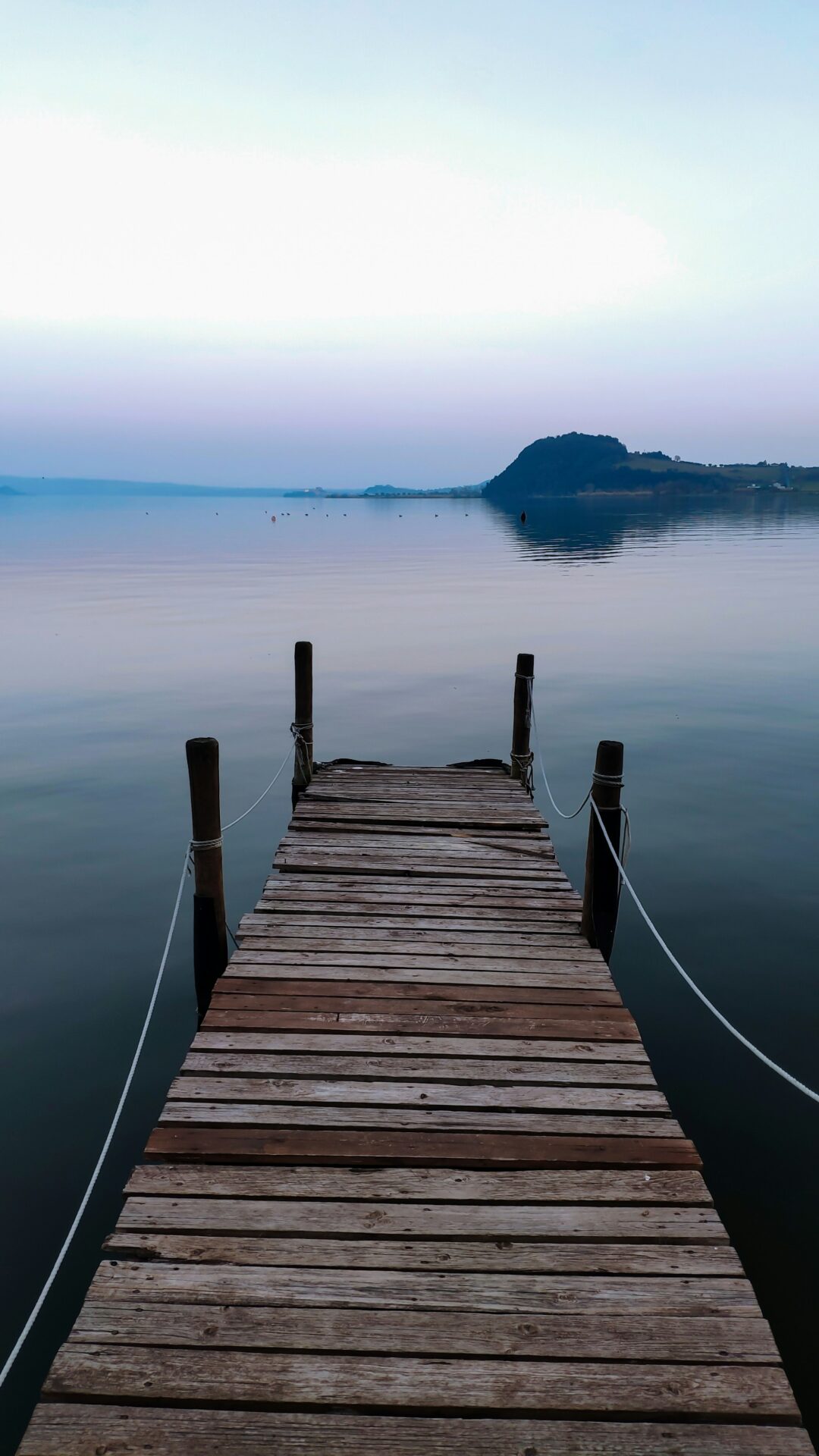
Marvels of Rome: A Short Journey Away
Rome is surprisingly accessible from Orvieto. The train ride takes just 90 minutes. I recommend booking an early departure to maximize your day in the Eternal City.
The Colosseum and adjacent Palatine Hill offer a journey through ancient Roman history. Nearby, the Pantheon’s perfect dome continues to inspire architects worldwide.
For art lovers, the Vatican Museums house incredible collections. The museum visit culminates in Michelangelo’s masterpiece – the Sistine Chapel. The vibrant Piazza Navona, with its magnificent fountains, provides the perfect spot for an afternoon espresso.
While Rome deserves more than a day trip, you can experience several highlights if you plan carefully. Consider a guided tour to skip the lines at major attractions. Or, focus on a specific neighborhood to avoid feeling rushed.

